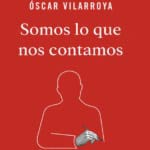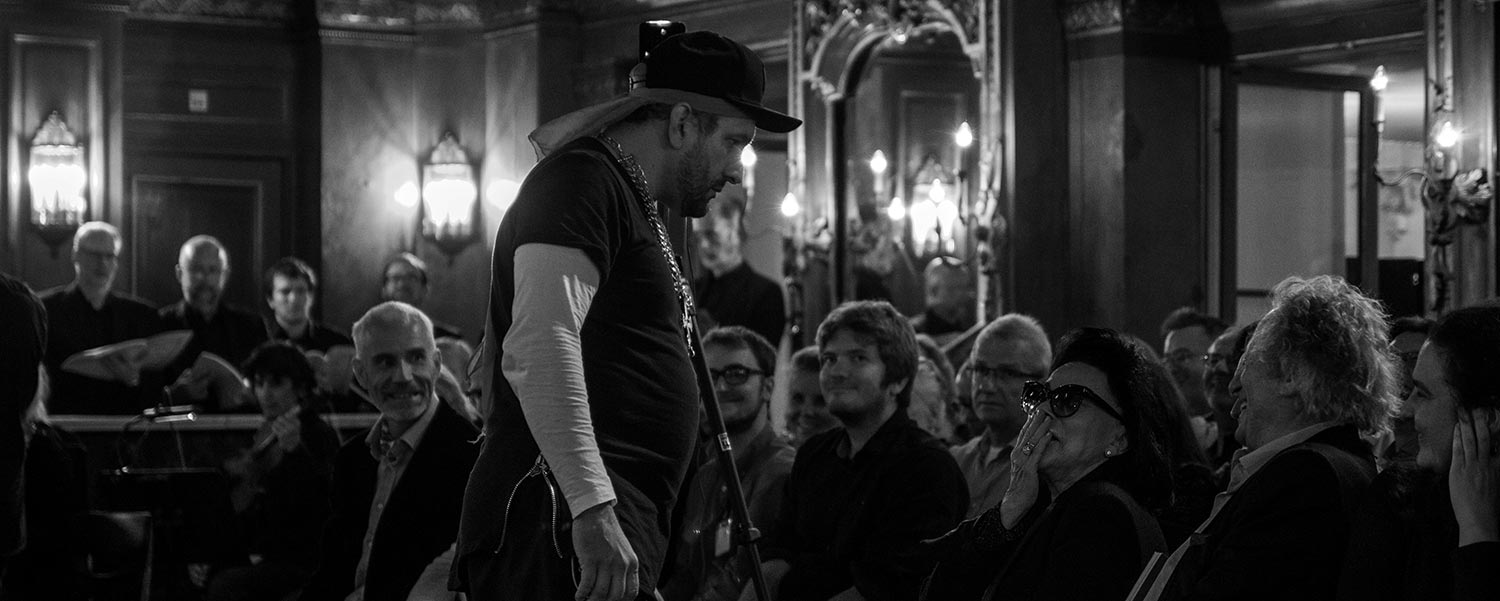It has been said that the brain is the most complex and powerful object in the universe.
Perhaps it is because an organ made of a kilogram and a half of well-organized proteins and fats, and which occupies barely a fist, is capable of housing the universe in all its richness. The neuroscience it is helping us to know more and more in detail how the brain does it to achieve such a goal. In recent years we have learned a lot about how we perceive and know the world around us, from the most basic aspects such as perceiving colors, to the most complex, such as our social life.
In this course we will go through the neural bases of the perception, knowledge, emotions, empathy o creativity in order to help us address some of the questions that relate the world of performing arts and neuroscience:
- Why do we go to the theater?
- What mobilizes the brain to understand and enjoy a show?
- What happens inside the head when we read a work and turn it into a live spectacle?
- With which neural materials does a creator work to build a work?
- How does an actor’s brain play a character?
While it is possible that the student does not come up with definitive answers to these questions, at best he will have acquired some tools that allow him to better understand various fundamental aspects of his profession.
ONLINE COURSE
Pending new dates
TEACHER:
 Òscar Vilarroya holds a degree in Medicine and a PhD in Philosophy.
Òscar Vilarroya holds a degree in Medicine and a PhD in Philosophy.
He works as director of the Cognitive Neuroscience Research Unit (URNC) and of the “Social Brain” Chair in the Department of Psychiatry at the Autonomous University of Barcelona. In addition to publishing scientific research articles in journals specializing in neuroscience, he is the author of The dissolution of the mind. A hypothesis about how the brain feels, thinks and communicates (Editorial Tusquets, 2002), and from Robot word Artificial intelligence and communication (European Prize for Scientific Dissemination, General Study, Ediciones Bromera, 2004).
Neuroscientist passionate at the same time for theater and literature, his work is also worth noting Of snakes and glasses of water, prize "Micalet" (Denes, 2003), the libretto of the opera Casparo (Palau de la Música, 2011) designed for singers and robots and with music by Luc Steels (one of the pioneers in Artificial Intelligence in Europe), as well as the libreto auspicious (La Monnaie, Brussels, 2017). He has also published a novel, Fair play, “Ferran Canyameres” award (Pagès Editors 2004).

Picture of Pau Fabregat
Explaining stories, an adaptive question
Interview with Òscar Vilarroya (by Pablo Ley) at the IAT MAGAZINE
Interview in this enllaç

Book by Oscar Vilarroya: We are the ones we tell ourselves. How stories build the world we live in. Ariel, Editorial Planeta. Barcelona, 2019.
COMMENTARY OF THE DIRECTOR OF THE IAT MAGAZINE
The world: an endless story. Any comment on a book is always a point of view, but in the case of Òscar Vilarroya's book, We are what we tell ourselves and it is especially pertinent to be clear from what point of view you speak because there is more than one core of interest. To begin with, it should be said that Òscar Vilarroya is a neuroscientist, and the starting point of his reflection is, logically, based on the tools with which our brain, which has evolved over hundreds of thousands of years, builds. what we call a worldview. There is, he explains, an original narrative impulse that generates minimal narrative structures that he calls the primordial narrative. Article in this enllaç
Pablo Ley, Director of the Ithaca Magazine, head of Aeolian drama and stage direction department, playwright and journalist.

